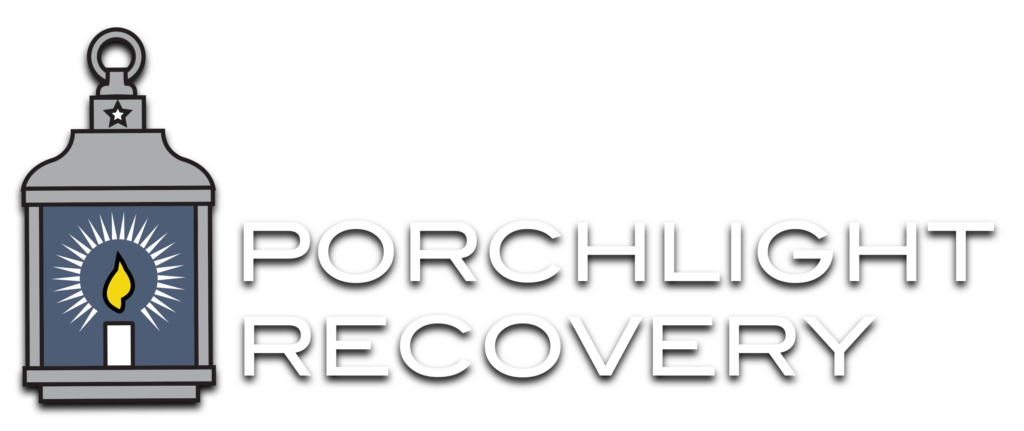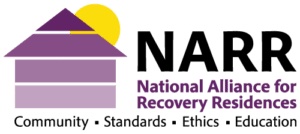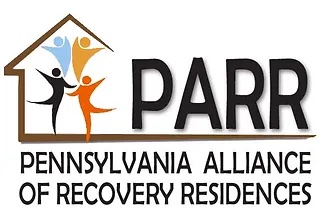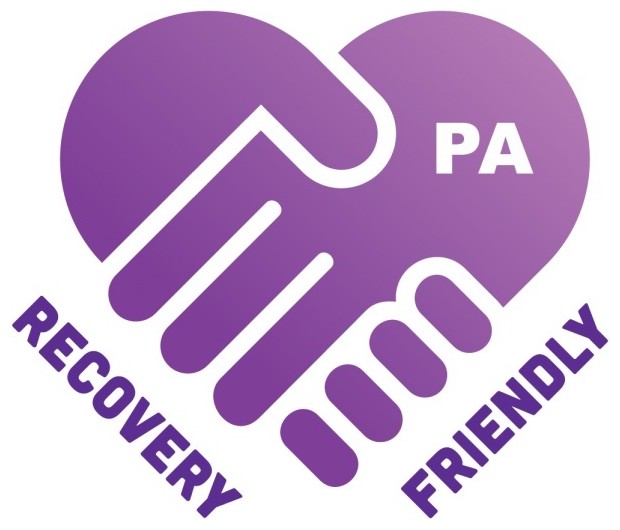Opiates are a class of drugs that are derived from the opium poppy plant or synthetically manufactured to produce similar effects. These drugs are known for their ability to relieve pain and produce feelings of euphoria and relaxation. Common opiates include natural substances such as morphine and codeine, as well as semi-synthetic and synthetic opioids like oxycodone, hydrocodone, and fentanyl. Other common opiates are the street drug Heroin and oftentimes mixed with Fentanyl and Carfentanyl.
Opiates and opioids work by binding to specific receptors in the brain and body known as opioid receptors, which are involved in the regulation of pain, pleasure, and other functions. When these drugs bind to opioid receptors, they can produce pain relief, drowsiness, and a sense of well-being. However, they also carry a high risk of addiction, tolerance, and overdose.
Due to their potential for abuse and addiction, opiates are classified as controlled substances and are regulated by law. When used appropriately and under medical supervision, opiates can be effective for managing pain, but their misuse can lead to serious health consequences and addiction.
What are signs of Opiate use?
Individual signs are different, they can manifest in various ways, and they may include both physical and behavioral indicators. Some common signs of opiate use include:
1. Euphoria or Sedation: Opiates can produce a sense of euphoria, relaxation, or drowsiness in individuals who are using them.
2. Constricted Pupils: One physical sign of opiate use is constricted or pinpoint pupils, even in dim lighting.
3. Slurred Speech: Opiates can cause speech to become slurred or slow.
4. Impaired Coordination: Individuals using opiates may exhibit impaired coordination, leading to unsteady movements or clumsiness.
5. Drowsiness: Opiate use can result in excessive drowsiness or nodding off at inappropriate times.
6. Behavioral Changes: These may include social withdrawal, neglect of responsibilities, and changes in mood or personality.
7. Drug Paraphernalia: The presence of drug paraphernalia such as needles, syringes, burnt spoons, or small plastic bags can indicate opiate use, particularly if found in the individual’s possession or living space.
8. Seeking Opiates: Individuals may exhibit behaviors such as doctor shopping, seeking prescriptions from multiple healthcare providers, or attempting to obtain opiates through illicit means.
If you or your loved one exhibits these signs, you are not alone. Please seek professional help from a healthcare provider or addiction specialist for proper assessment and support.
What are the long-term effects of Opiate use?
Long-term effects of Opiate use can have significant and detrimental impacts on both physical and mental health. Some of the most common long-term effects include:
1. Physical Dependence: Long-term opiate use can lead to physical dependence, where the body adapts to the presence of the drug and requires it to function normally. This can result in withdrawal symptoms when the drug is not used.
2. Tolerance: Continued opiate use can lead to the development of tolerance, requiring higher doses of the drug to achieve the same effects.
3. Addiction: Opiates are highly addictive, and long-term use can lead to the development of addiction, characterized by compulsive drug-seeking behavior despite negative consequences.
4. Respiratory Depression: Opiates can slow down breathing, and long-term use increases the risk of respiratory depression, which can be life-threatening.
5. Gastrointestinal Issues: Long-term opiate use can lead to constipation and other gastrointestinal problems.
6. Hormonal Imbalances: Opiate use can disrupt the normal functioning of the endocrine system, leading to hormonal imbalances.
7. Increased Risk of Infections: Intravenous opiate use, such as heroin injection, can increase the risk of infections such as HIV/AIDS and hepatitis.
8. Social and Occupational Impacts: Long-term opiate abuse can lead to strained relationships, financial difficulties, and challenges in maintaining employment or meeting other responsibilities.
Seeking professional help and support for opiate-related issues is critical for improving overall well being and successful abstinence from opiate use.
What does detox from Opiates look like?
Depending on individual factors, such as length of use and frequency of use, Opiate detox can be challenging, especially for individuals who have developed physical dependence on these drugs. Here’s what opiate detox may involve:
1. Medical Supervision: Opiate detox is often best conducted under medical supervision, especially for individuals who have been using opiates for an extended period or at high doses. Medical professionals can monitor vital signs, manage severe withdrawal symptoms, and provide medications to alleviate discomfort.
2. Assessment: Before detox begins, individuals may undergo a comprehensive assessment to evaluate their physical and mental health, substance use history, and any co-occurring conditions. This helps in developing a personalized detox plan.
3. Tapering: In some cases, a gradual reduction of opiate dosage, known as tapering, may be employed to minimize the severity of withdrawal symptoms and discomfort.
4. Medication-Assisted Treatment (MAT): Certain medications, such as methadone, buprenorphine, or naltrexone, may be used as part of a medication-assisted treatment program to help manage withdrawal symptoms and reduce cravings.
5. Supportive Care: During detox, individuals may receive supportive care to address symptoms such as nausea, diarrhea, muscle aches, anxiety, and insomnia. Emotional support and counseling may also be provided to help individuals cope with the psychological aspects of detox.
6. Transition to Treatment: Opiate detox is often a precursor to ongoing treatment for opiate addiction, which may include participation in a comprehensive treatment program, therapy, support groups, and aftercare planning.
It is highly recommended that Opiate detox should be assisted by a healthcare professional to ensure the safety and comfort of the individual experiencing withdrawal. Typical Opiate withdrawal can last 3-28 days. If you or your loved one is suffering from an Opiate addiction, please seek professional help.
What does recovery from Opiates look like?
Recovery from opiate addiction is a multifaceted and individualized process that often involves a combination of approaches to address the physical, emotional, and social aspects of addiction. After the detox process, it is important to seek continuing care. These are a few of the key components involved in achieving sustained recovery from opiates:
1. Treatment Program: Engaging in a comprehensive treatment program that may include individual therapy, group counseling, medication-assisted treatment, and other evidence-based approaches to address the physical, emotional, and psychological aspects of addiction.
2. Support Groups: Participating in support groups such as Narcotics Anonymous (NA) or other mutual aid groups can provide ongoing support, encouragement, and a sense of community with others in recovery.
3. Lifestyle Changes: Making positive lifestyle changes, such as adopting healthy habits, finding new hobbies, and building a supportive social network, can be important aspects of recovery.
4. Relapse Prevention: Learning and implementing strategies to prevent relapse, including identifying triggers, developing coping skills, and creating a relapse prevention plan.
5. Aftercare: Establishing a plan for ongoing support and maintenance of recovery after completing a formal treatment program, which may include continued therapy, support group participation, and other forms of ongoing support.
6. Addressing Co-occurring Issues: Addressing any co-occurring mental health issues, such as depression or anxiety, that may contribute to the addiction and hinder recovery.
7. Rebuilding Relationships: Working to repair and rebuild relationships that may have been strained or damaged as a result of opiate addiction.
It’s important to recognize that recovery from opiate addiction is a journey that may have its ups and downs, and the path to sustained recovery can vary for each individual. Seeking professional help, building a strong support network, and staying committed to the recovery process are crucial elements of successful recovery from opiates.




